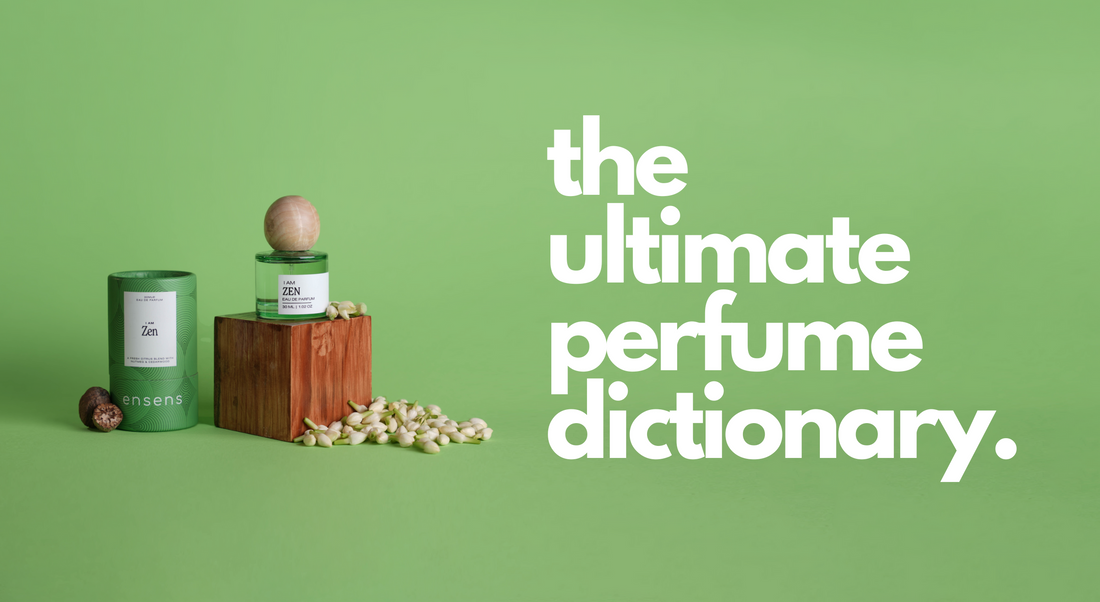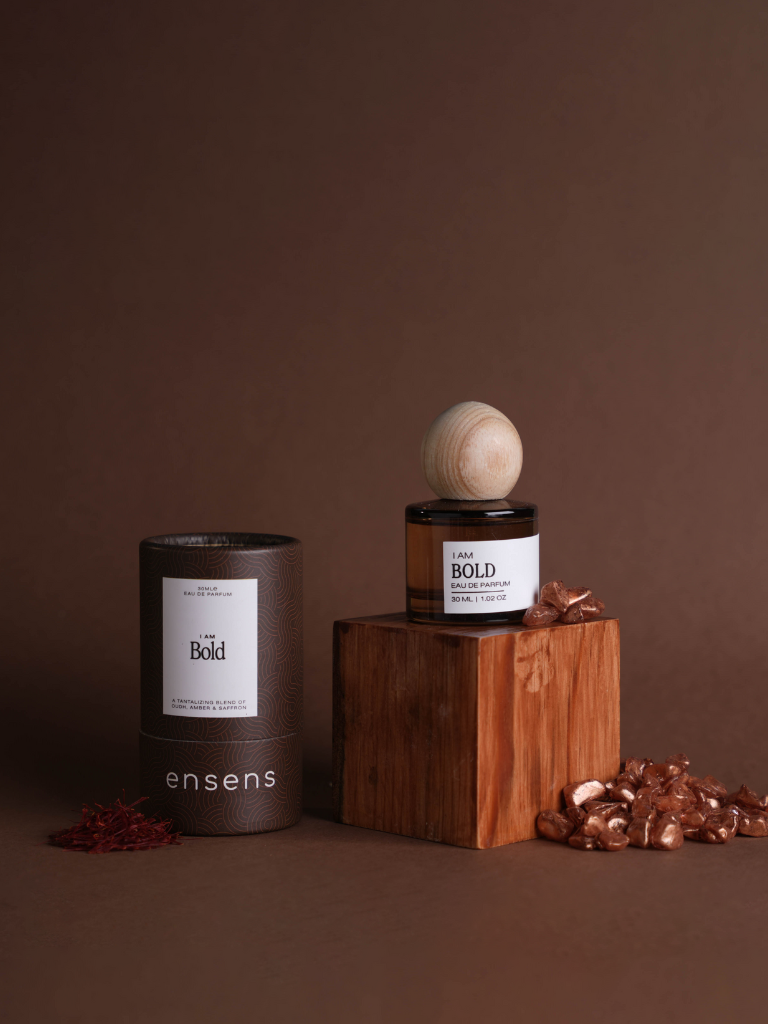
The Ultimate Perfume Dictionary
Perfume is more than just a bottle of liquid luxury—it’s history, chemistry, and artistry wrapped into one. The world of perfumery is a fascinating blend of tradition and innovation, where scents tell stories and evoke emotions. If you've ever wondered what goes into crafting a fragrance, you're in for a treat. Let's dive into the history and terminology of this captivating world.
A Whiff of History: The Origins of Perfumery
The art of perfumery dates back thousands of years. Ancient Egyptians were among the first to experiment with fragrances, using essential oils in rituals, medicine, and even embalming. Fast forward to the Romans and Greeks, who bathed in fragrant oils and believed in the therapeutic properties of scents. The Middle Ages saw the rise of alcohol-based perfumes, and by the 17th century, France had cemented its place as the epicenter of fragrance creation. Today, perfumery is a global industry blending artistry with cutting-edge science.
Fragrance Lingo: Terms Every Perfume Lover Should Know
Want to talk perfume like a pro? Here are some key terms to add to your vocabulary:
1. Notes
A fragrance is composed of three layers of notes:
- Top Notes: The first impression—light, fresh, and fleeting. Think citrus, herbs, or fruity scents.
- Heart Notes: The core of the fragrance—florals, spices, and more complex elements.
- Base Notes: The lasting impression—rich, deep, and warm, like vanilla, musk, or amber.
2. Olfactory Pyramid
A structure that represents how a fragrance evolves over time. It consists of top, heart, and base notes, each playing a crucial role in how the scent develops on the skin.
3. Olfactory Families
Fragrances are categorized into families based on their dominant scent characteristics. Some common families include:
- Floral: Rose, jasmine, and peony.
- Woody: Sandalwood, cedar, and patchouli.
- Oriental: Spices, vanilla, and amber.
- Fresh: Citrus, aquatic, and green notes.
4. Sillage
The invisible scent trail a perfume leaves behind. A high sillage fragrance makes a statement, while a low sillage one stays close to the skin.
5. Eau de Parfum vs. Eau de Toilette
Fragrance concentration matters! Eau de Parfum has a higher percentage (15% - 20%) of perfume oils, making it more long-lasting than Eau de Toilette (5% - 15%).
6. Accords
A combination of ingredients that create a unique scent profile. Think of it as the ‘chord’ in music—a harmony of notes that define the fragrance’s identity.
7. Niche vs. Designer Perfumes
Niche perfumes are crafted by smaller, independent brands focusing on artistry and uniqueness, while designer perfumes are produced by fashion houses and often appeal to mass audiences.
Why Fragrances Matter
Perfume is deeply personal. It has the power to transport you to another place, evoke memories, and even boost confidence. Whether you're drawn to bold, statement-making scents or subtle, intimate fragrances, understanding the language of perfume helps you find the perfect match.
So, next time you spritz on your favorite scent, remember—you’re not just wearing a fragrance; you’re carrying a piece of history and craftsmanship with you.
Ready to explore the world of perfumery? Discover unique, long-lasting fragrances designed for every personality at Ensens.







